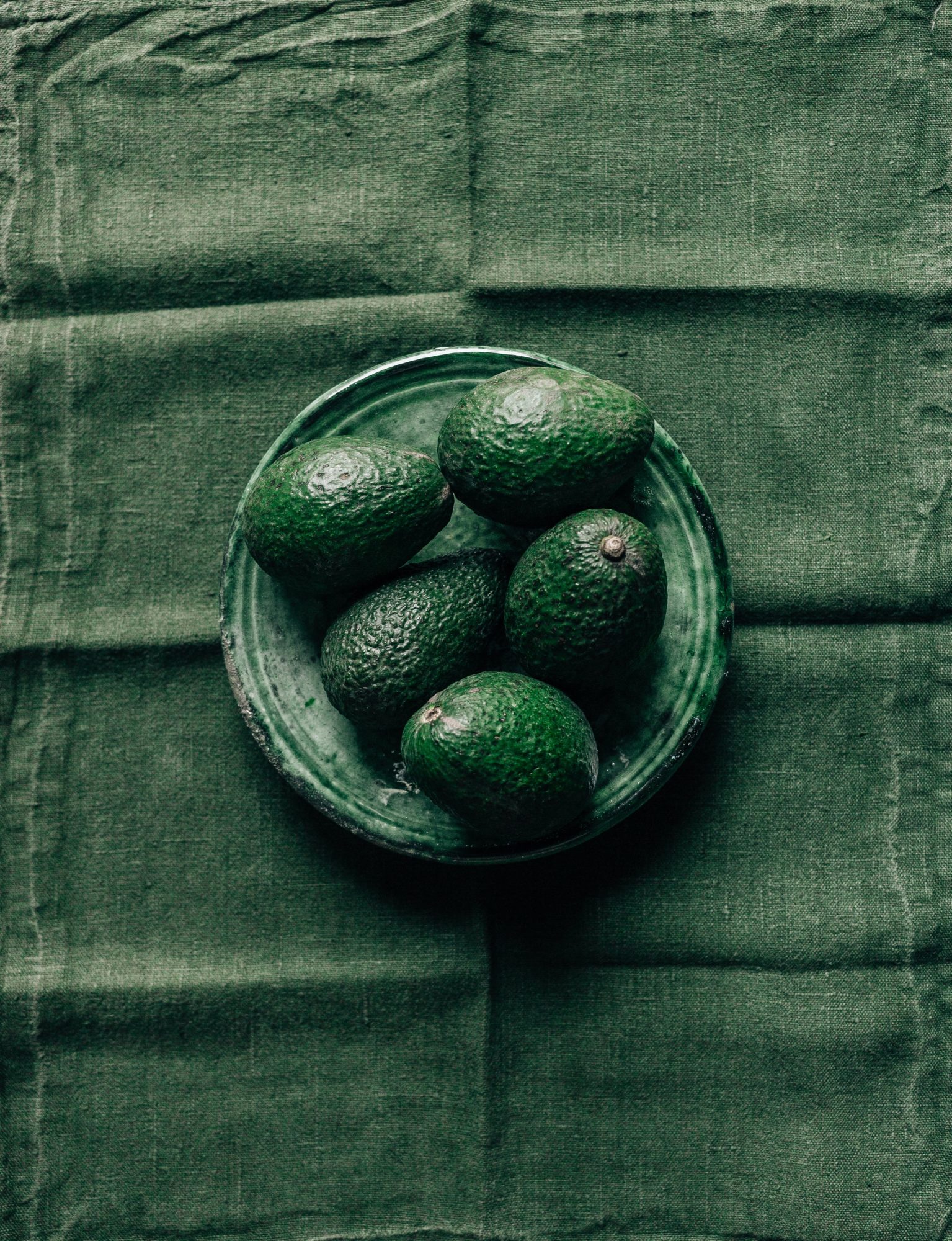This series will explore the avocado industry and how increasing demand in the U.S. has had ethical and environmental repercussions. In this first installment of “The World’s Green Gold,” let’s examine the history of the fruit within the U.S. and an introduction to how its popularity has affected the environment.
In recent years, healthy eating fads have taken the world by storm. Social media influencers push consuming foods like avocado toast to achieve the perfect image of fitness to their followers. Avocado toast existed long before influencers, and there has been increased taste for the fruit in recent years. This interest in the fruit resulted in an exploration of the avocado in the Netflix docu-series “Rotten” in 2019.
Despite making recent waves in the food industry for its creamy, rich and nutty flavor in the forms of guacamole and toast, avocados were eaten by humans in Central America around 10,000 BC. The fruit was known to the Aztecs as “ahuacate”, and symbolized fertility (the meaning of ahuacate in English is “testicle”). The fruit was imperative to a staple Aztec food known as guacamole, which was called “butter of the poor” by Spanish settlers.
The avocado has shifted in history, from being known as “butter of the poor” to being a coveted fruit that is often an add-on to many restaurant dishes. In the late 1920s, the fruit was dubbed by the California Avocado Society as the “aristocrat of salad fruits”, and was often a compliment to dishes that represented prestige such as lobster.
It was hard for the fruit to make a splash in the United States outside of California in the early 20th century. Prior to being given the name “avocado” in 1915 (by a group of California farmers), the fruit was known as the “alligator pear” for its bumpy outer layer. This branding did nothing to help sales, as this association with alligators was unattractive to many consumers.
A quote from a 1927 New York Times report states, “For ham and eggs, just remember more prestige can be gained merely by calling ‘alligator pears’ avocados.” A rebranding of the avocado paired with the increased interest in health allowed the fruit to flourish in the U.S., particularly in California. Avocados were sold at the hefty price of $1 in 1970 (which is $4.80 in today’s conversion rate)— resulting in a series of avocado thefts in Southern California.
The fruit was relatively popular in the U.S. until the 1980s, when dieting trends etched the idea that consuming any form of fat was harmful, causing avocado sales to plummet until the 1990s. It is true that the avocado has fat known as “nutrient boosters.” The idea of healthy fats in the avocado was pushed by the California Avocado Commission, with help from researchers around the country, to counteract the mantra pushed by the dieting trends. A study from the Journal of the American Heart Association stated that an avocado a day lowers bad cholesterol levels.
In the 1990s, the California Avocado Commission hired public relations company Hill and Knowlton to further promote the avocado and increase sales. The firm attempted to educate the public about the fruit through a mascot called “Mr. Ripe Guy,” but made an even bigger splash with the public by promoting the fruit in the SuperBowl. There was a portion of the SuperBowl dedicated to sharing guacamole recipes, and due to this marketing, avocado sales at the time increased and spiked by nearly 70 percent. Guacamole remains a staple in SuperBowl celebrations, with fans consuming more than 103,617,263.23 pounds of the coveted dip every SuperBowl Sunday.
Avocado consumption has only increased since the 1990s, since the U.S. Department of Agriculture lifted a ban on importing Mexican avocados to the U.S. The ban was at first implemented due to the fear of pests California farmers had of imported avocados ruining their crops. Now, the U.S. receives most of its avocados from Mexico. In 2017, it was reported that California only produced 15 percent to 20 percent of the U.S.’s avocados, and the rest were received from Mexico.
While consumers benefit from this fruit, the environmental impact of increased interest in avocados over the years has caused extensive environmental damage to the western Mexican state of Michoacan, where most avocados are being sourced. Michaocan produces eight out of ten Mexican avocados and globally produces five out of ten avocados in the market, and every six minutes a truck load of avocados are transported to the U.S. The growth of avocados requires around 9.5 billion liters of water, and there is a constant destruction of wildlife to make more room for the fruit.
The effect of this environmental destruction, as well as social factors and industry wages, will be analyzed in next Monday’s Impactfull article.
- The World’s Green Gold: Part IV - October 25, 2021
- The World’s Green Gold: Part III - October 18, 2021
- The World’s Green Gold: Part II - October 13, 2021
